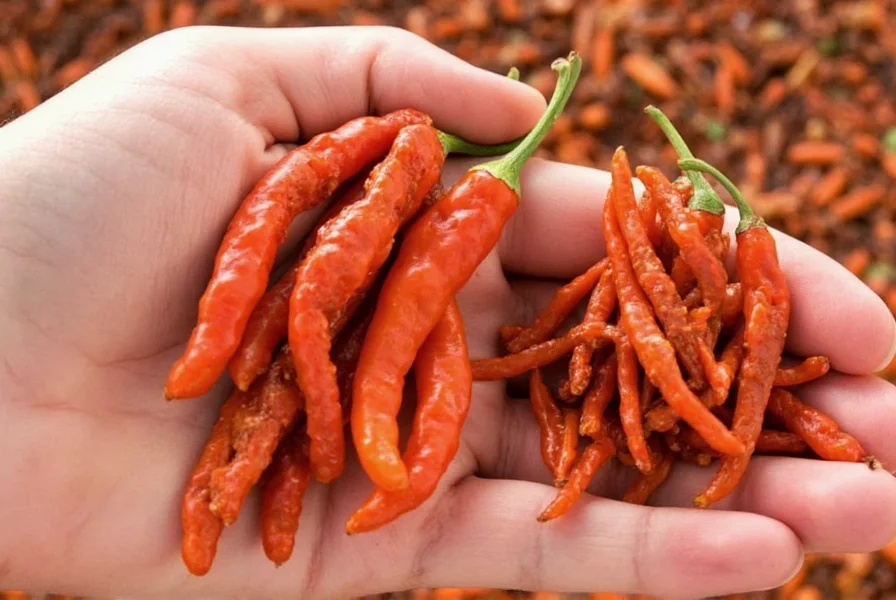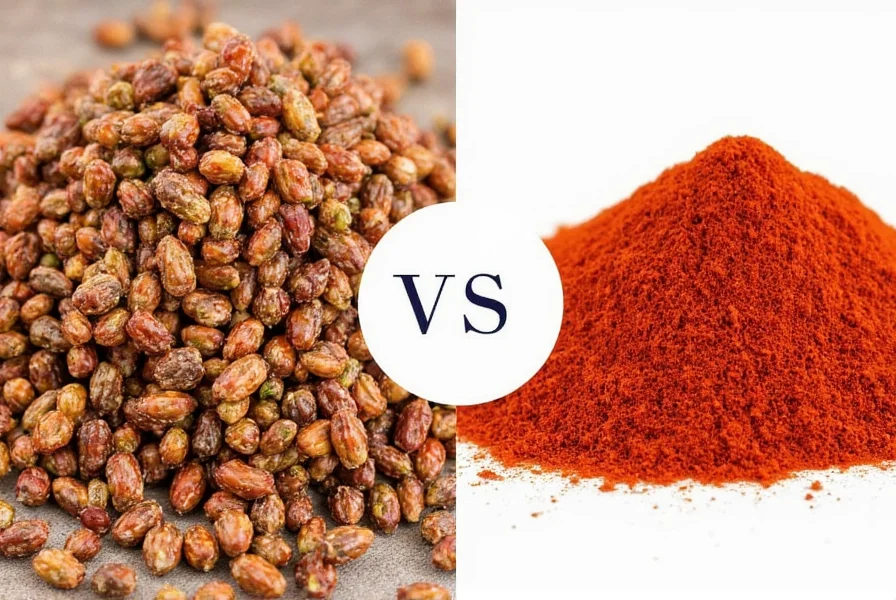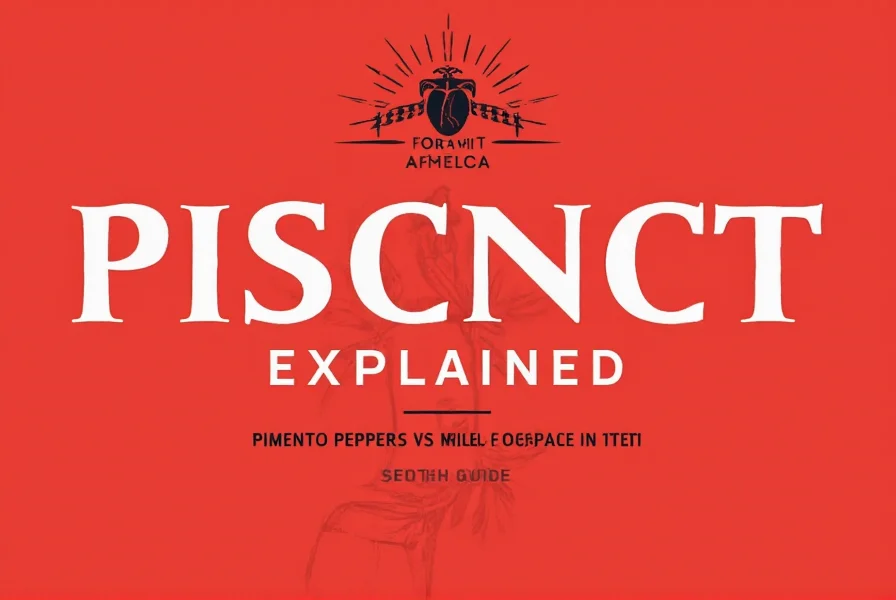When encountering the term piment in recipes or culinary discussions, confusion often arises due to its dual meanings across different culinary traditions. This comprehensive guide clarifies both interpretations, their characteristics, and practical applications in cooking.
Two Meanings of Piment: Clearing the Confusion
The word "piment" creates frequent misunderstanding because it represents two completely different ingredients depending on geographic and culinary context:
| Context | Actual Ingredient | Common Uses |
|---|---|---|
| French/European cuisine | Sweet red pimento peppers | Stuffed olives, salads, roasted vegetable dishes |
| Caribbean/Latin American context | Allspice (Pimenta dioica) | Jamaican jerk seasoning, baking, pickling |
Pimento Peppers: The Sweet Red Variety
When piment refers to peppers, it describes the large, heart-shaped, sweet red peppers scientifically known as Capsicum annuum. These mild peppers register between 100-500 Scoville units, making them among the sweetest in the pepper family.
Chefs value pimento peppers for their vibrant color and subtle sweetness. They're commonly found:
- Stuffed inside green olives (the classic "pimento-stuffed olive")
- Roasted and peeled for antipasto platters
- Blended into pimento cheese spreads
- Chopped in salads and sandwiches

Allspice: The Caribbean Interpretation
In Caribbean cooking, particularly Jamaican cuisine, piment refers to allspice (Pimenta dioica), the dried berry of a myrtle tree native to the region. Despite its name, allspice isn't a blend but a single spice that tastes reminiscent of cinnamon, cloves, and nutmeg combined.
Allspice plays essential roles in:
- Jamaican jerk seasoning blends
- Pickling spices
- Baking (particularly in pumpkin pie spice)
- Marinades for meats
When following Caribbean recipes calling for piment, using actual pimento peppers would create significant flavor discrepancies. Understanding regional terminology prevents culinary mishaps when working with international recipes containing the term piment in French recipes.
Practical Identification Tips
To determine which ingredient a recipe requires when it mentions piment, consider these contextual clues:
- Recipe origin: French/European recipes typically mean peppers; Caribbean recipes mean allspice
- Physical description: If described as "fresh," "red," or "pepper," it's likely the vegetable; if "dried," "berry," or "spice," it's allspice
- Preparation method: Stuffing or slicing suggests peppers; grinding or simmering suggests allspice
Substitution Guidance
When you can't find the specific piment your recipe requires:
- For pimento peppers: Roasted red bell peppers make an excellent substitute with similar sweetness and texture
- For allspice: A blend of ½ teaspoon cinnamon, ¼ teaspoon nutmeg, and ¼ teaspoon cloves approximates allspice flavor
Understanding the difference between piment and pimento prevents recipe failures. Many American recipes use "pimento" for the pepper, while European recipes use "piment," creating additional confusion for home cooks.
Storage and Shelf Life
Proper storage differs significantly between the two ingredients:
- Pimento peppers: Fresh peppers last 7-10 days refrigerated; jarred versions keep 1-2 years unopened
- Allspice: Whole berries retain flavor for 3-4 years; ground allspice lasts 1-2 years in airtight containers
For those exploring using piment in French recipes, remember that French culinary tradition almost exclusively refers to the sweet pepper variety. This knowledge proves invaluable when adapting authentic French dishes that call for this ingredient.

Conclusion
The term piment exemplifies how culinary terminology varies across cultures. Whether working with piment pepper substitution in European dishes or authentic Caribbean recipes, recognizing which ingredient is intended ensures recipe success. Always consider the recipe's cultural origin and contextual clues when encountering this potentially confusing term.
Frequently Asked Questions
Is piment the same as paprika?
No, piment and paprika are different. Piment refers either to sweet red pimento peppers or allspice, while paprika is a ground spice made from various dried peppers. Paprika has a distinct flavor profile and heat level depending on the pepper variety used.
Can I substitute pimento peppers for bell peppers?
Yes, pimento peppers can substitute for red bell peppers in most recipes as they're actually a specific variety of sweet red bell pepper. They have a slightly sweeter, more delicate flavor but similar texture and cooking properties.
Why do some recipes call it pimento and others piment?
The spelling difference reflects linguistic origins. "Piment" is the French spelling used in European contexts for the sweet pepper, while "pimento" is the Spanish-derived term commonly used in American English. Both refer to the same vegetable when discussing peppers.
Is allspice called piment outside Jamaica?
Yes, in many Caribbean and Latin American countries, allspice is referred to as "piment" or similar variations. This differs from European usage where piment refers to peppers. The term's meaning depends entirely on regional culinary context, creating potential confusion for international cooks.











 浙公网安备
33010002000092号
浙公网安备
33010002000092号 浙B2-20120091-4
浙B2-20120091-4